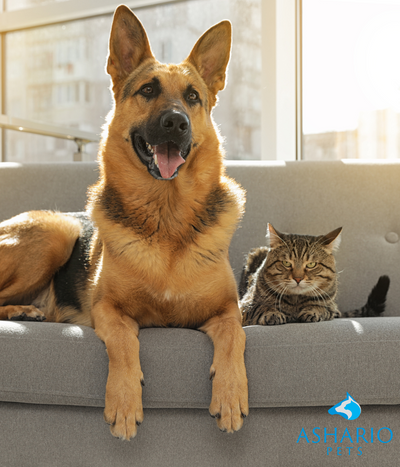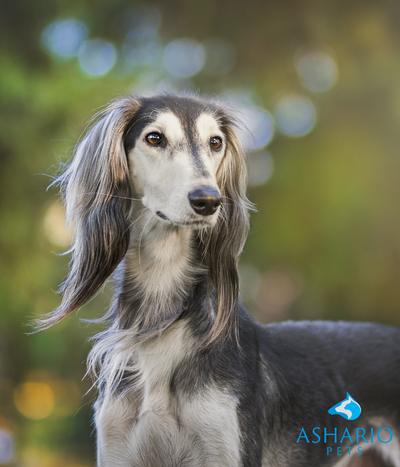How to Choose the Best Grain-Free Pet Food
Choosing the right pet food can be a daunting task for pet owners, especially with the growing trend of grain-free options. Grain-free pet food is designed to exclude grains such as wheat, corn, and soy, which are common allergens for many pets. In this guide, we will explore how to select the best grain-free pet food for your furry friend, ensuring they receive the nutrients they need while adhering to their dietary restrictions.
When selecting a grain-free pet food, the first step is to understand your pet's specific nutritional needs. Every pet is unique, and factors such as age, size, activity level, and health conditions play a crucial role in determining their dietary requirements. For instance, puppies and kittens need more protein and calories than adult pets, while senior pets may require a diet lower in calories but higher in fiber to support digestion.
Next, it's essential to examine the ingredient list. High-quality grain-free pet foods prioritize real meat as the primary ingredient. Look for options that list a specific meat source, such as chicken, beef, or fish, rather than generic terms like "meat meal." Additionally, ensure that the food includes a variety of fruits and vegetables to provide essential vitamins, minerals, and antioxidants that your pet needs for overall health.
Another critical aspect to consider is the protein content. Grain-free diets often have higher protein levels, which can be beneficial for maintaining lean muscle mass and providing energy. However, it's essential to find a balance, as too much protein can lead to health issues, especially in pets with certain medical conditions. Consulting with your veterinarian can help you determine the appropriate protein levels for your pet's specific needs.
Keep an eye out for added nutrients as well. Some grain-free pet foods contain added probiotics to support digestive health, omega fatty acids for a shiny coat, and glucosamine for joint health. These added benefits can make a significant difference in your pet's overall well-being.
It's also important to transition your pet to a new diet gradually. Sudden changes in diet can lead to gastrointestinal upset, including diarrhea or vomiting. Instead, mix the new grain-free food with your pet's current food over a week or so, gradually increasing the proportion of the new food while decreasing the old food.
Lastly, always monitor your pet's response to the new food. Look for signs of allergies or intolerances, such as itching, digestive issues, or lethargy. If your pet shows any adverse reactions, consult your veterinarian for advice on alternative diets.
In conclusion, selecting the best grain-free pet food requires careful consideration of your pet's individual needs, ingredient quality, protein levels, and added nutrients. By doing your research and consulting with professionals, you can make an informed decision that supports your pet's health and happiness.
Stay connected with Ashario Pets through our website at https://ashariopets.ca/. For the latest updates, promotions, and adorable glimpses into the lives of our furry friends, follow us on Instagram and TikTok @ashariopets. Questions or inquiries? Reach out to us at 647-564-4433 or drop us an email at mailto:info@ashariopets.ca.
Contact Information:
- Address: 1111A Finch Ave West, Unit 2
- Phone: 647-564-4433
- Website: https://ashariopets.ca/
- Email: mailto:info@ashariopets.ca
- Instagram: @ashariopets
- Tiktok: @ashariopets




